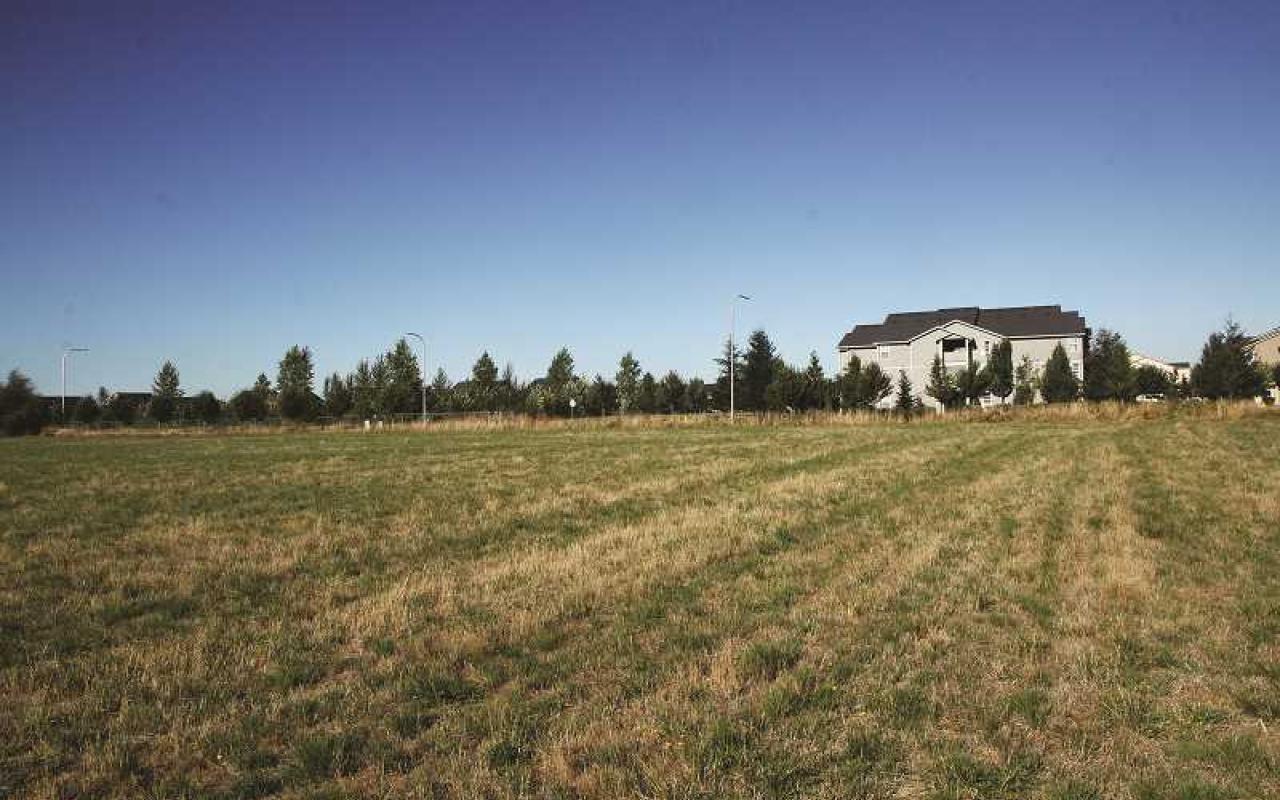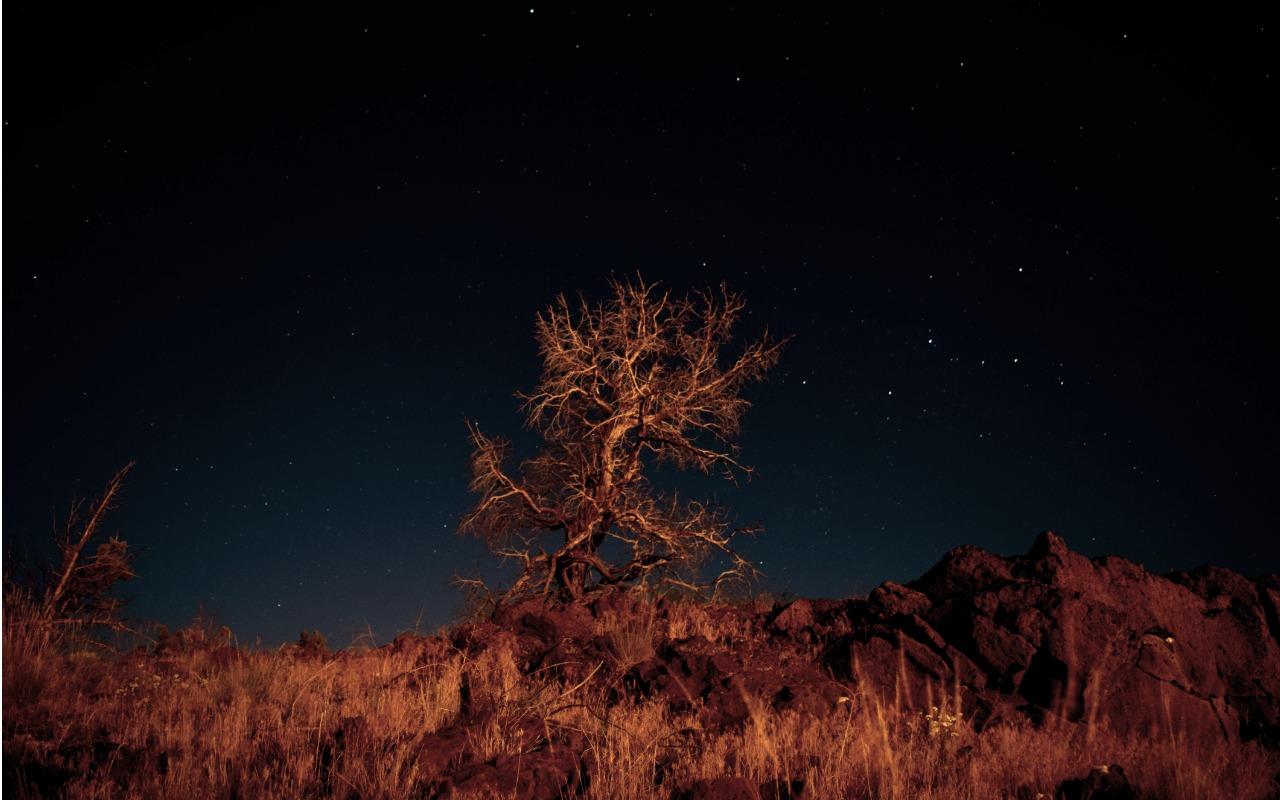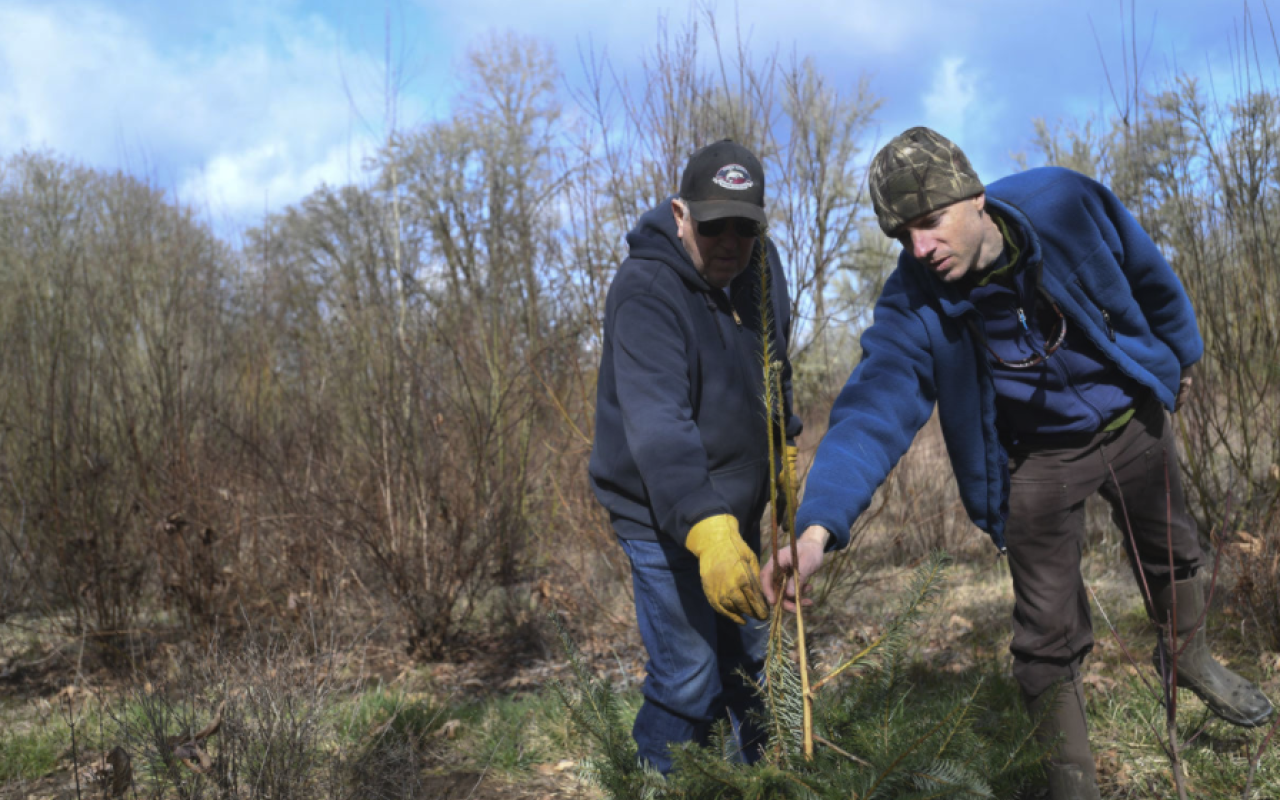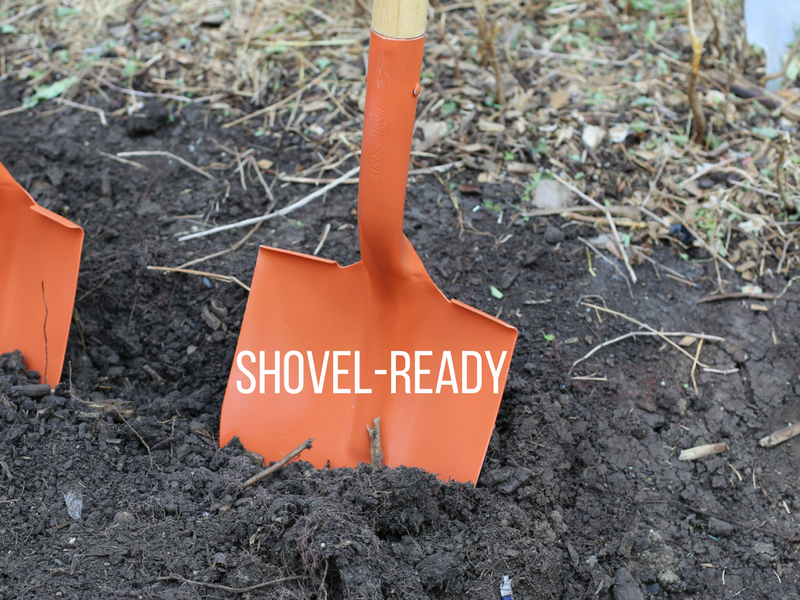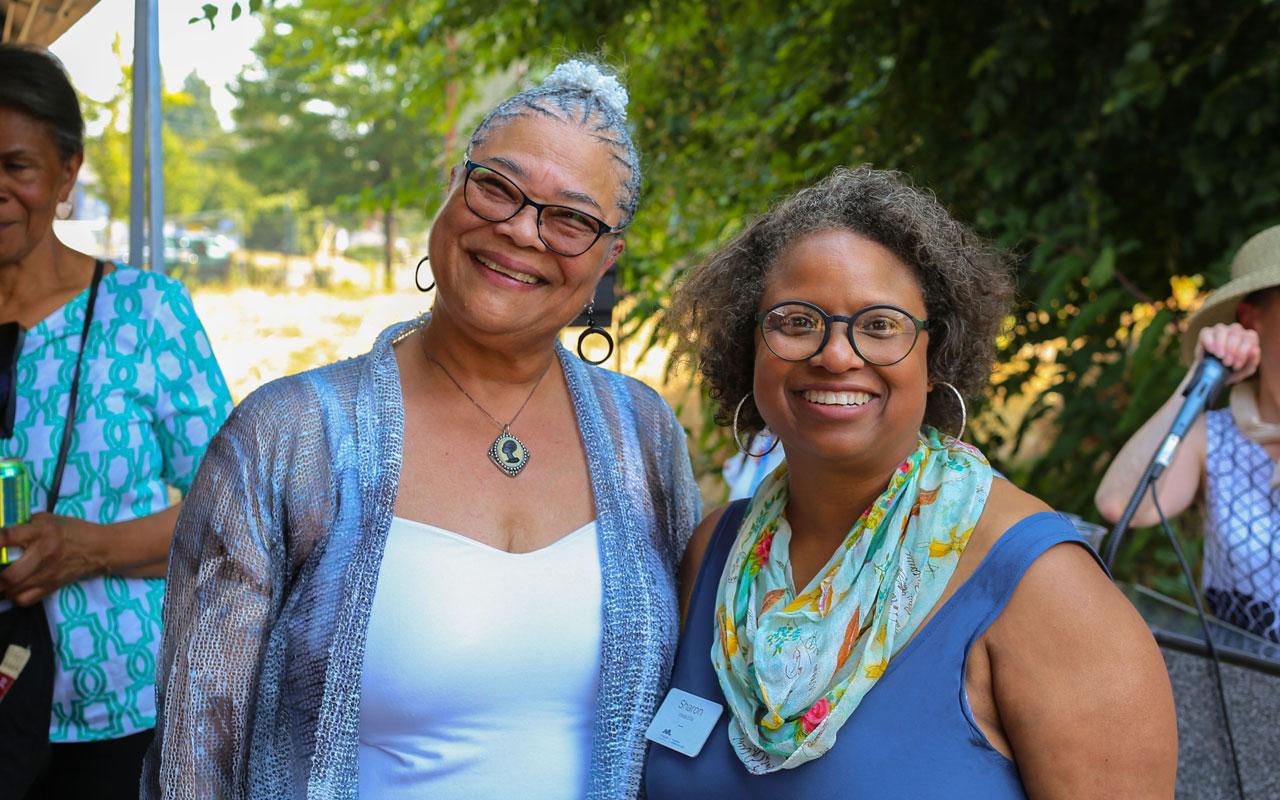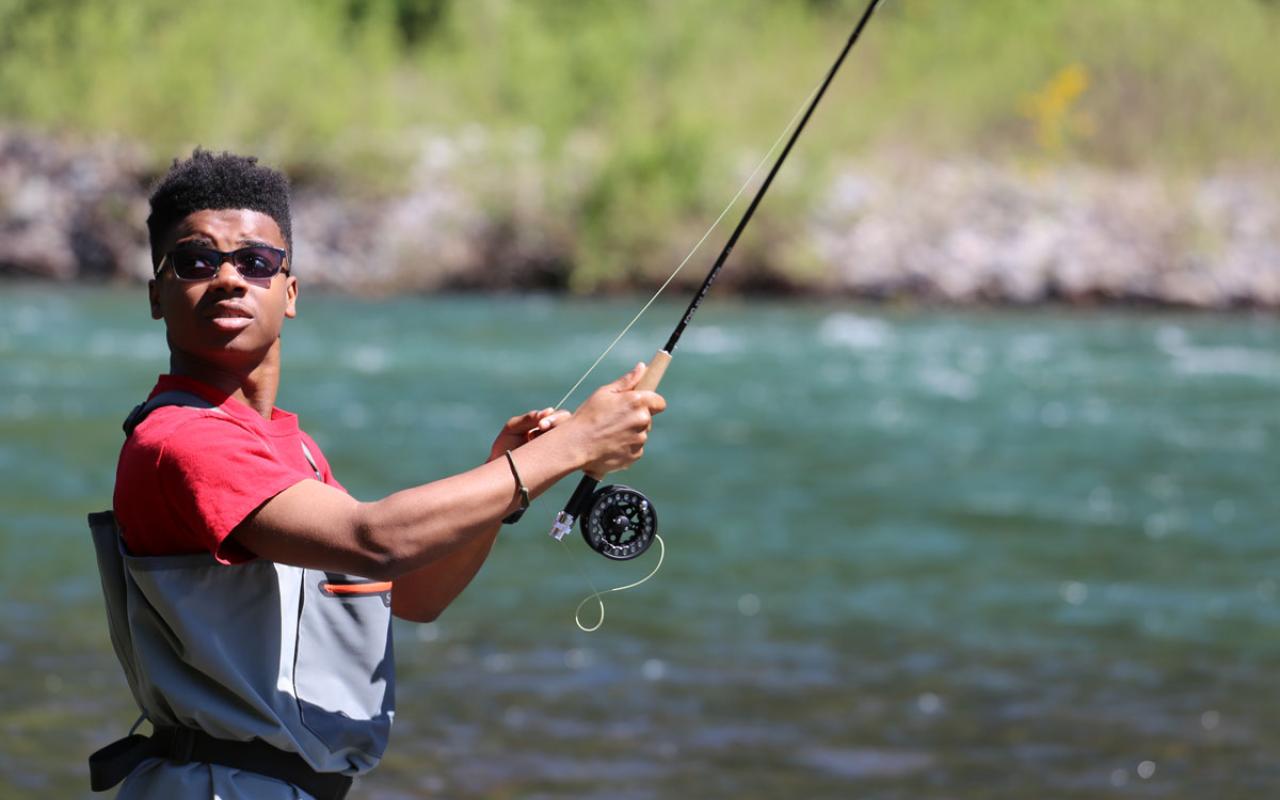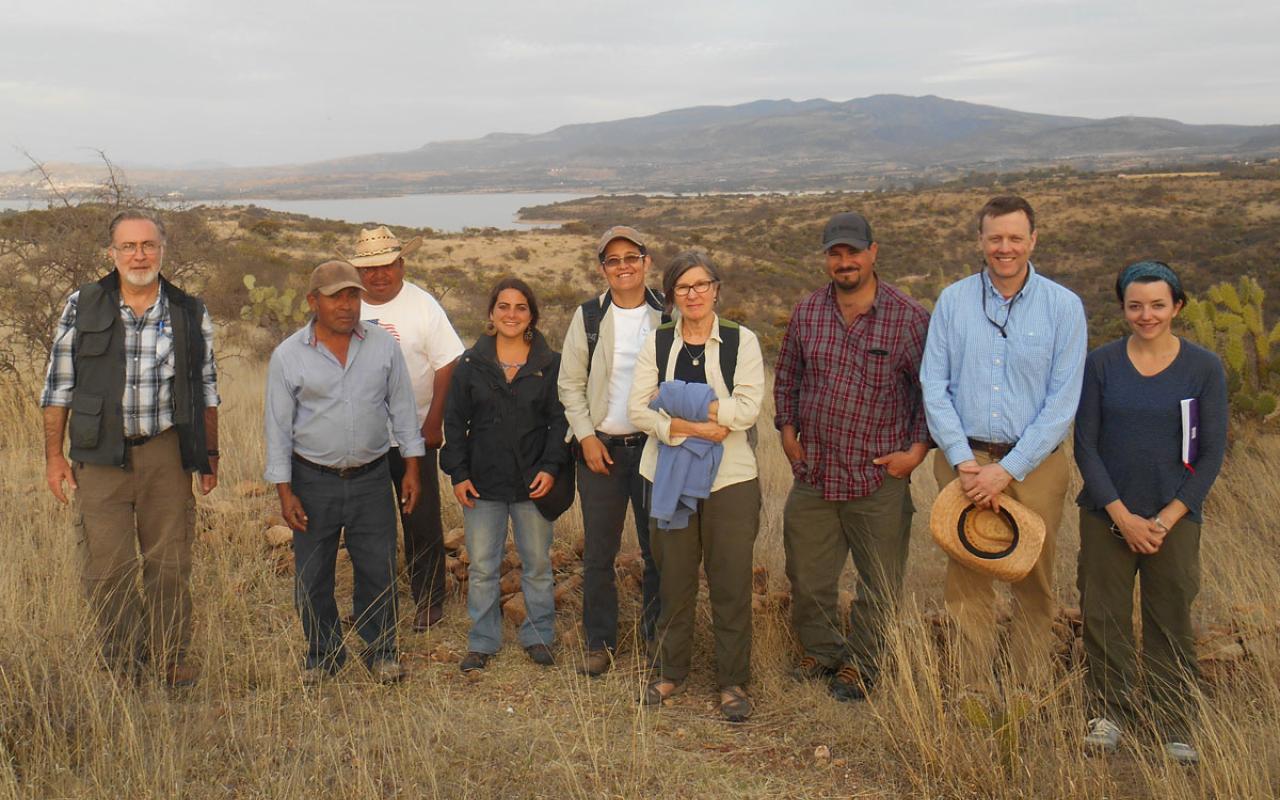A commitment to advance equity for Native families
Relief Nursery was founded 41 years ago to address child abuse and neglect in Lane County. Their mission: to prevent the cycle of neglect and abuse by providing early intervention that focuses on building successful and resilient children, strengthening parents, and preserving families. The agency offers comprehensive family support services to Lane County families living on low incomes who have a child younger than 6 years old and a family profile that places their children at high risk for child abuse or neglect.
In 2005, Relief Nursery embarked on an effort to better serve the growing number of Latinx families in its region through their "La Familia y los Hijos" program. Recognizing the need to better engage and serve this population, Relief Nursery went beyond providing interpreters and translating materials to establishing a process to engage community to help inform new culturally specific programming, embedding bilingual and bicultural services throughout the organization, and creating opportunities to diversify its workforce. As a result of the work, the number of Latinx families served has increased sixfold over the last decade.
Lane County has one of the fastest growing American Indian populations in the country, yet Relief Nursery has seen a decline in service utilization by Native families. To address increased need, Relief Nursery draws on the approach used in its successful La Familia y los Hijos program to increase the number of Native families engaging in services such as immediate crisis intervention, home visits, respite care, home safety assessments and parent support.
Meyer is providing a grant of $175,000 over three years to advance our goal of dismantling inequities and creating opportunities to advance equity. Grant funds will be used for staff to conduct outreach and develop and deliver a culturally appropriate program for Native communities.
How their work advances equity
The Building Community team identified some key strategies in Relief Nursery’s proposal that are considered “best practices” to advance equity and increase the likelihood of reducing disparities for Tribal families and for all the communities Relief Nursery serves.
Relief Nursery began by collecting and analyzing disaggregated race and ethnicity service data that revealed service inequities for Native families. The effort helped the Eugene-based organization to hone its focus on the biggest gaps in service. This strategy led to an “equity” approach to developing new services, rather than a “one-size-fits-all” approach that may not be relevant to the specific community Relief Nursery wanted to serve.
In addition, Relief Nursery devoted time and attention to building authentic relationships with Native community members and leaders. Building trust with and accountability to communities that have been historically marginalized is vital to ensuring that barriers are identified and addressed and that services are utilized.
Relief Nursery also convenes a Native-led project steering committee to help maintain accountability and support continuous improvement strategies through program review. As a result, services are more likely to be culturally appropriate and accountable to the community they serve, which in turn increases engagement and cultural relevancy.
As a result of this “pre-work,” Relief Nursery decided to utilize a culturally appropriate peer support strategy. Peer support services involve trusted community members who bring lived experience and community-level wisdom to their work. This evidence-based practice has been shown to effectively break down barriers to services and improve results for communities that haven’t been well-served by mainstream approaches.
Relief Nursery has demonstrated a commitment to advancing equity through its work, and we are thrilled to partner with them to support Native families.
— Carol



